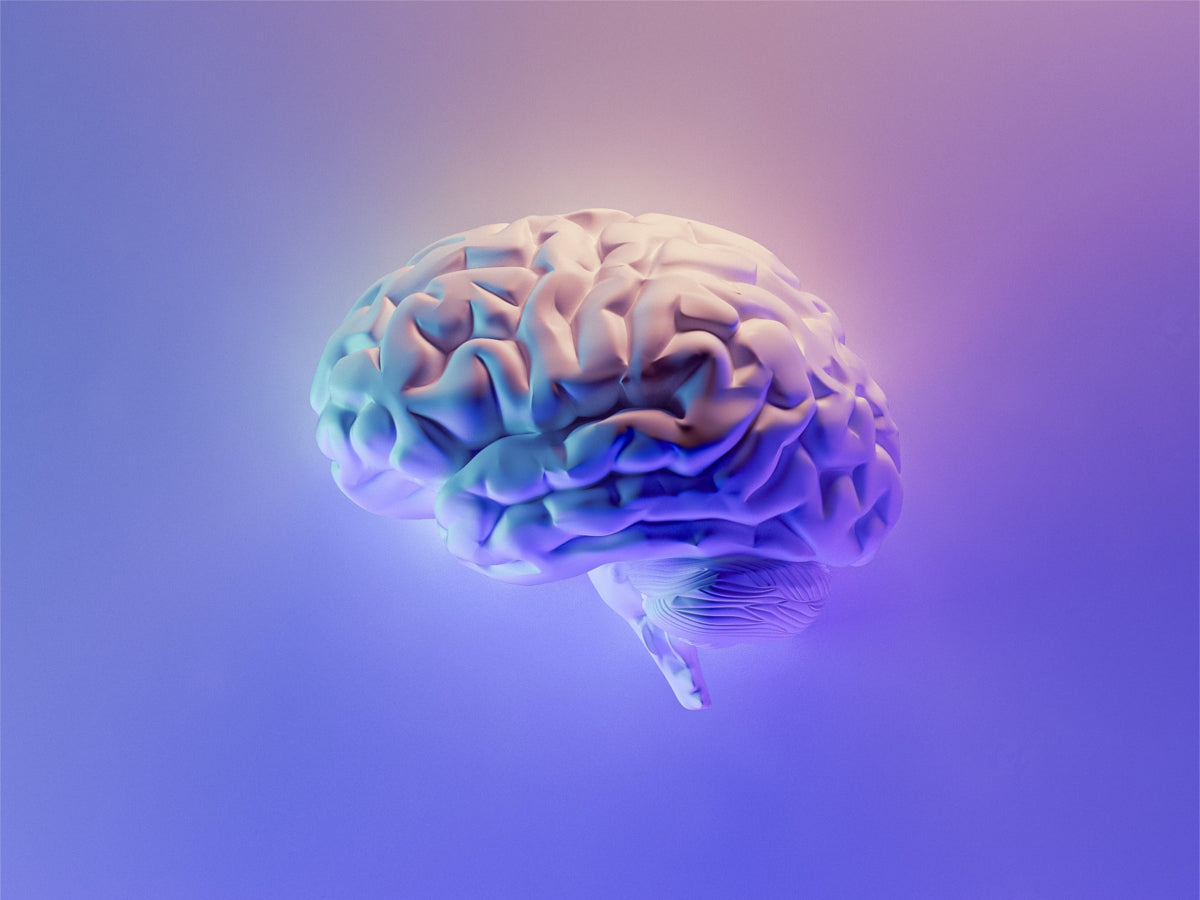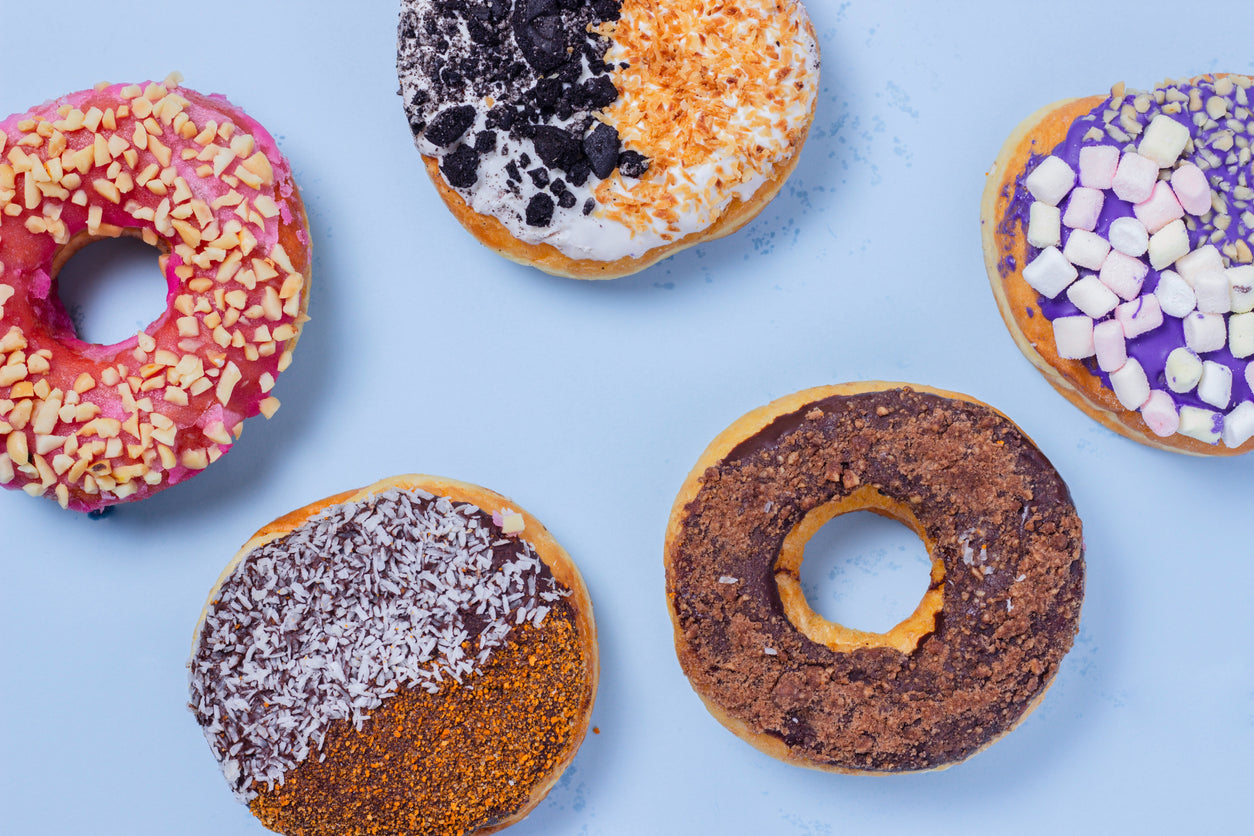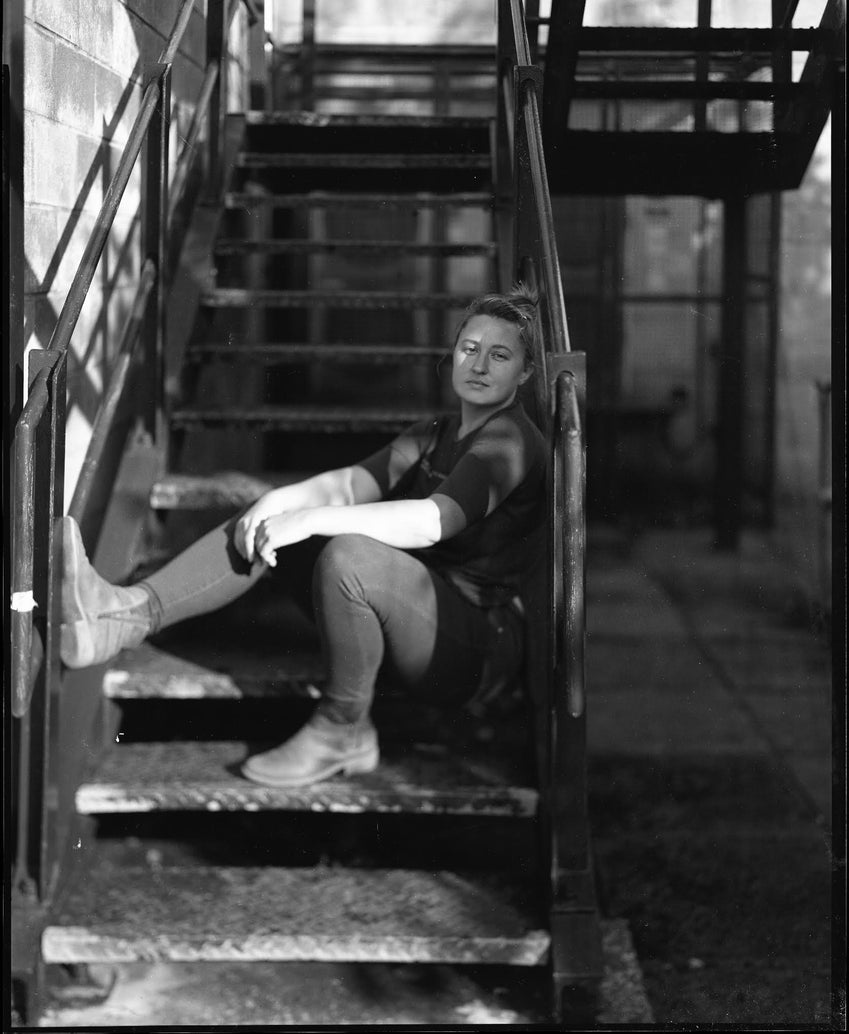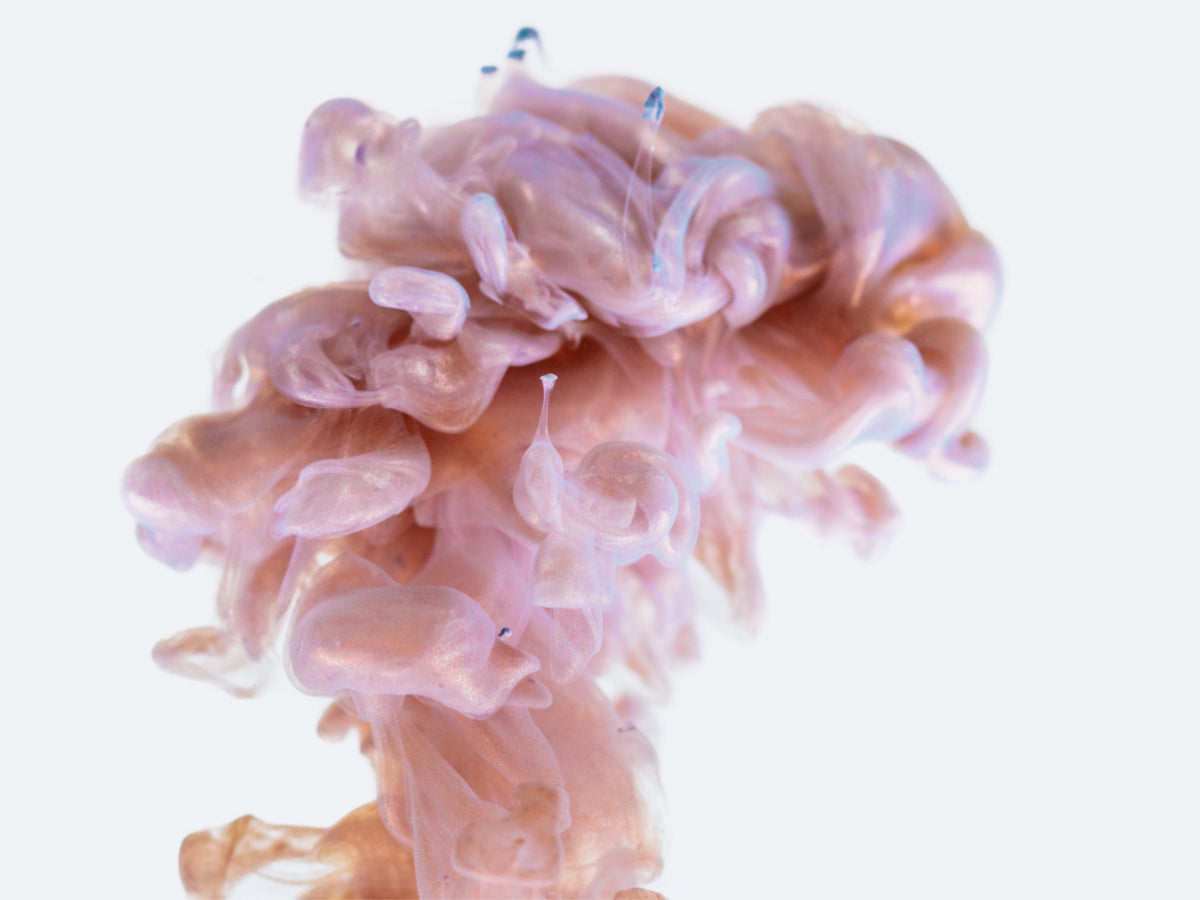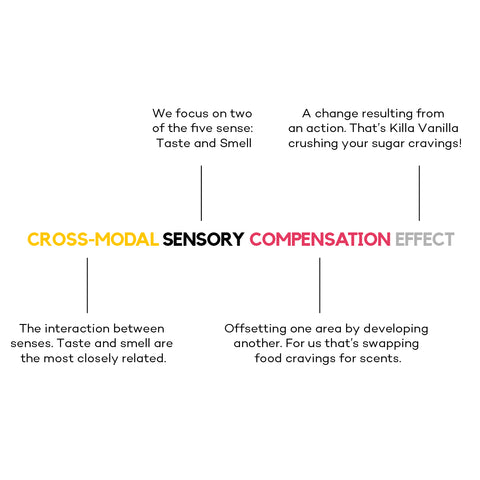
While the Cross-Modal Sensory Compensation Effect is new and seems like a wild concept, the Cross-Modal Sensory Effect has been well understood for some time.
The effect was first proven in 1990 with a relatively simple test. Participants were asked to rate the smell of strawberry-scented solutions, some were red and some were colourless. People rated the red solutions as smelling stronger than the colourless ones.
This simple test proves how one sense (sight) can influence another sense (smell). The complicated part is proving how and why it happens. After all, the human brain consists of one hundred billion neurons and one hundred trillion distinguishable substructures, all connected in highly complex synaptic networks. But, actually, this is where it starts to get really interesting.
This cause that
Over the past few decades, advancements in neuroimaging technology have allowed us to better study the structure and functions of our brains. Specifically, it’s helped us to understand sensory processing: the way the brain receives signals from different senses and produces responses to them.
Previously, it was thought that each structure in our brains had a specific function, but it’s now understood that there are multisensory regions that act as convergence zones. This is where inputs from different senses combine, interact, and influence each other.
Of our five senses, our taste and smell are the most closely related and have the most influence over each other. This is what enables the Cross-Modal Sensory Compensation Effect. This is how we can use a scent to trick our brains into thinking we’ve eaten a sugary treat and kill our sugar cravings.
Decision time
Now, we’ve kept things as simple as possible up until now, but there’s no way to explain the bio-hacking bit without using some complex terms. If you’re interested, keep reading. Otherwise, jump to the bit about trials here and we’ll meet you there.
Some next-level neuroscience
Where were we? Oh yes…the olfactory and gustatory systems (smell and taste) are especially interconnected. Along with the trigeminal system, they make up the chemosensory system which is responsible for flavour perception.Now, for the gustatory system, the primary taste cortex is the anterior insula which first processes signals from the gustatory system. But the anterior insula is not responsible for determining the reward value of food. Instead, this takes place in the secondary taste cortex; the orbitofrontal cortex.
So, when we eat food that we particularly enjoy (like sugary treats) it’s the job of the orbitofrontal cortex to determine how much we enjoy it and how much dopamine to release. Dopamine is the key to why we crave food (read more about it here).
But, in recent work to understand our brains’ structures, it’s been discovered that the orbitofrontal cortex is not just responsible for processing signals from gustatory stimuli, but instead, it’s a multisensory region. It is also responsible for processing signals from olfactory stimuli.
So, the job of the orbitofrontal cortex is to determine the amount of dopamine to release based on the valence and intensity of the signal. But, amazingly, it can’t actually tell which sensory system the signal has come from. Meaning that olfactory stimuli and gustatory stimuli can have the same effect on your brain. For us, that means using Killa Vanilla to kill sugar cravings.
Clear?

Trials in the aisles
To prove the process is more than just academic theory, a number of trials were conducted. First, in supermarkets. Over a number of Saturday afternoons, different scents were distributed using discrete nebulisers at the entrance. Here participants were informed there was a study being conducted and were offered $10 to give up their receipts at the exit. The receipts were analysed for healthy, unhealthy and neutral foods that were purchased.
Amazingly, the research found that less than 30 seconds exposure could make people want to eat more sugary treats. This is the Priming Effect. Retailers use it to ‘influence’ your purchases. But, brilliantly, the research also shows that more than two minutes exposure to the scent causes the exact opposite to happen. Your brain thinks it has had its treat. This is the Cross-Modal Sensory Compensation Effect in action.

Importantly, the participants’ attention was not drawn to the scent, nor were they told the purpose of the trial. So, even when they weren’t consciously aware of the effects that a scent could have, they still made better food choices. Similar studies were conducted in cafeterias and in lab settings, and all had the same positive results.
So, now you know how and why Killa Vanilla works. And you also have some long words to impress your friends. Just remember: Cross-Modal. Sensory. Compensation. Effect. Please feel free to add ‘Dr’ to your name.
